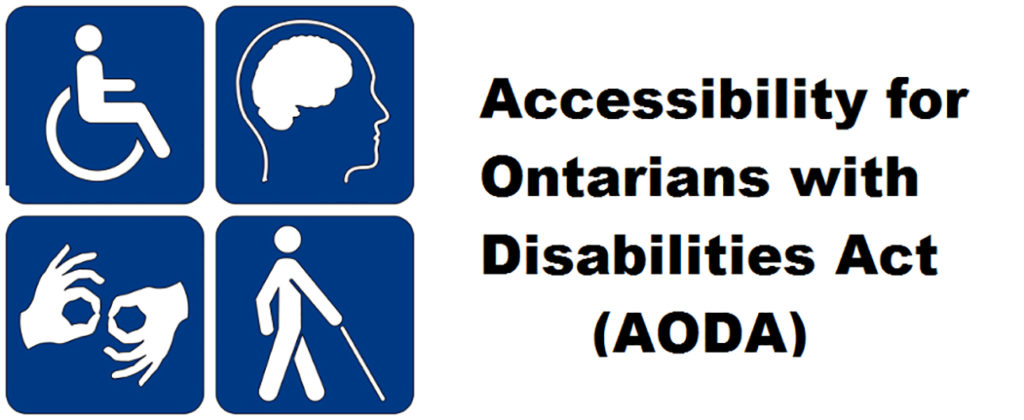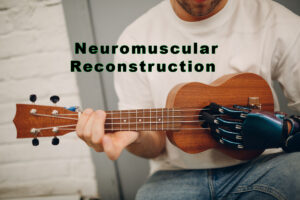All things being equal does not necessarily mean sameness. Meaning, the right to access or participate in society must be available to all members. That may (and often does) require different points and method of access. To this end recognizing the history of discrimination against people with disabilities, (however unintentional), led to the creation and passing of the Accessibility for Ontarians Act (AODA) in June of 2005.
There has been a great level of debate and confusion about the ‘what’ and ‘how’ of this Act. Below is a brief synopsis of the purpose and goals of the AODA. What it is meant to do and how it will go about putting it into place.
(a) developing, implementing and enforcing accessibility standards in order to achieve accessibility for Ontarians with disabilities with respect to: goods, services, facilities, accommodation, employment, buildings, structures and premises, on or before January 1, 2025; and
(b) providing for the involvement of persons with disabilities, within the Government of Ontario and as representatives of industries and of various sectors of the economy in the development of the accessibility standards.
The Accessibility for Ontarians with Disabilities Act, 2005 (AODA), is a law passed by the Ontario legislature that allows the government to develop specific standards of accessibility and to enforce them. The standards made into laws are called regulations, and they provide the details to help meet the goal of the AODA. The AODA is the foundation on which the standards are built.
The purpose of the accessibility standards is to move organizations in Ontario forward on accessibility. The standards will set requirements in a number of key areas and will be reviewed at least every five years. New requirements could then be added. Ontario will move step by step towards accessibility that is widespread and commonplace, accessibility that people with disabilities can count on, on a daily basis. In this way Ontario will fully benefit from the contributions, involvement and spending power of people with disabilities.
Further, increasing accessibility will help prepare Ontario for the future. As the population ages, the number of people with disabilities will increase. Visitors and tourists, along with their friends and family will need to travel, shop, use programs, services, and information and to access buildings, parks, and other places in a way that is accessible to them.
For more in depth information please go to the official website for the AODA at: www.aoda.ca











